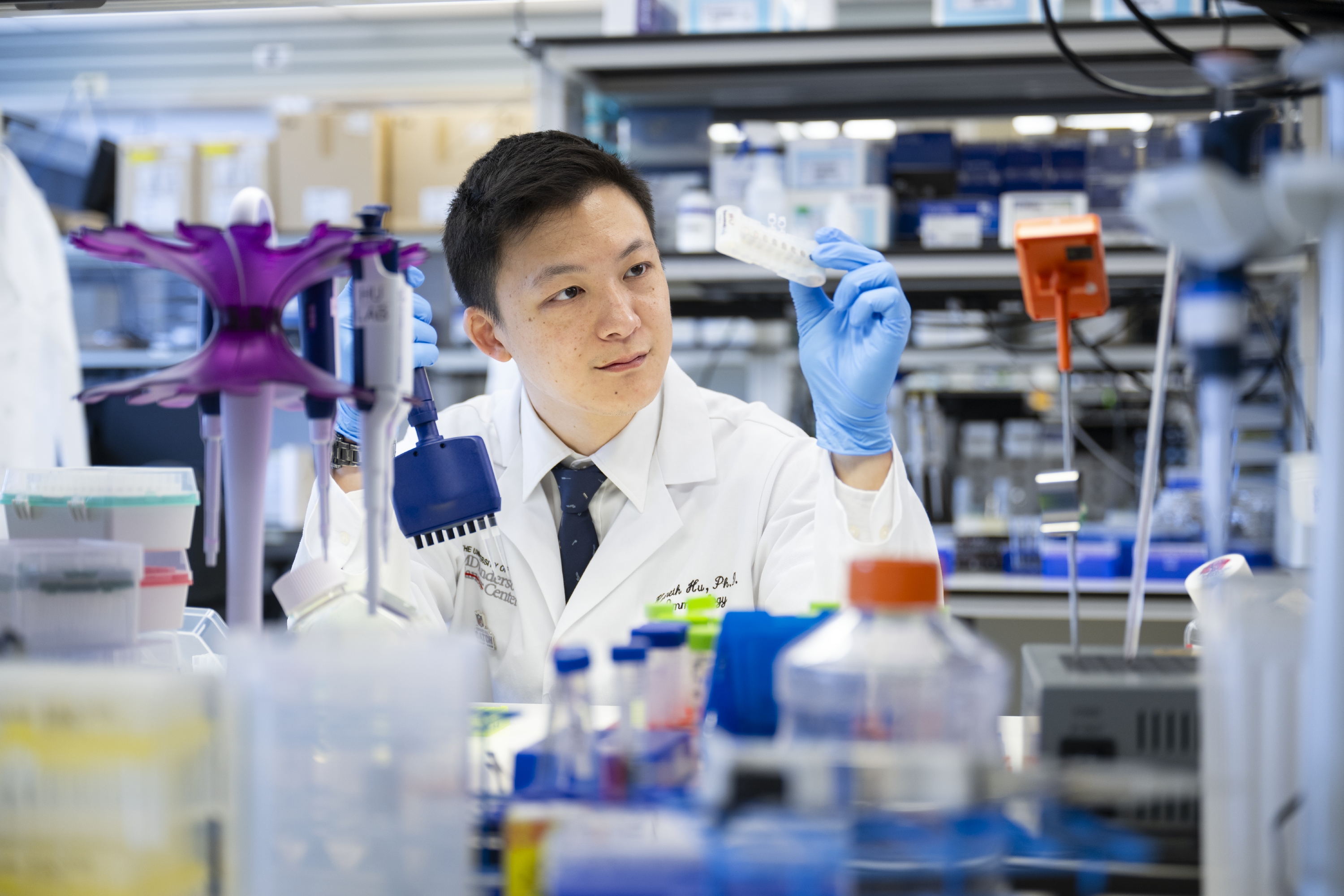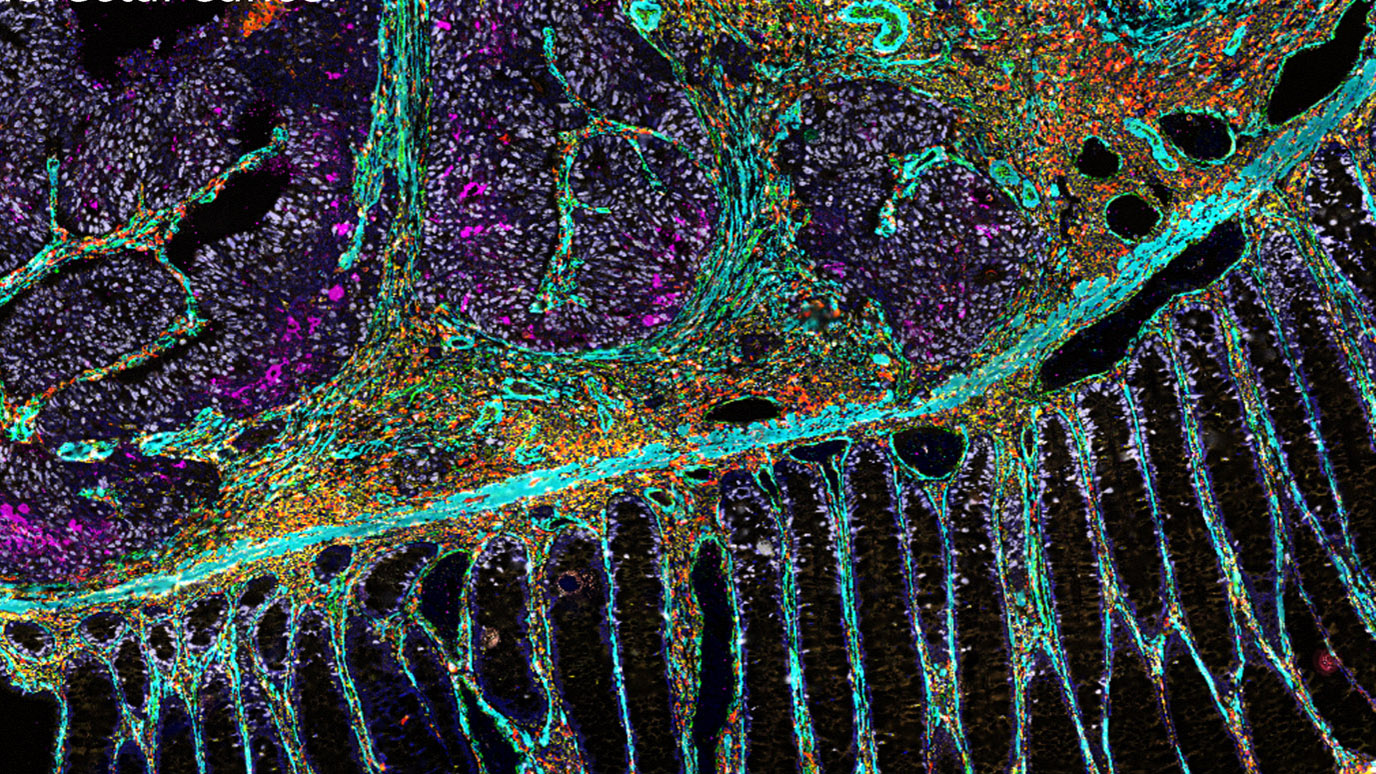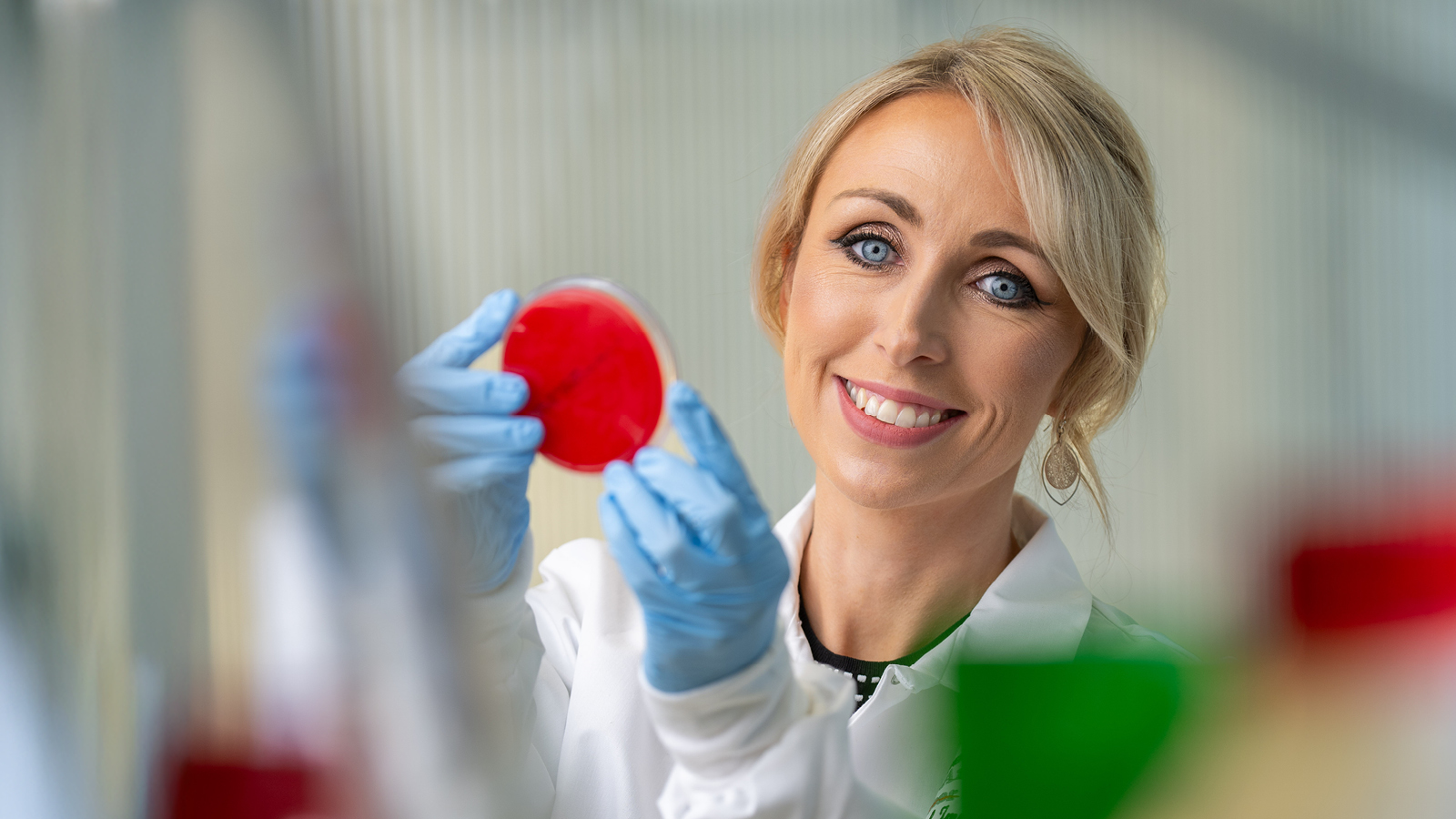- Diseases
- Acoustic Neuroma (16)
- Adrenal Gland Tumor (24)
- Anal Cancer (70)
- Anemia (2)
- Appendix Cancer (18)
- Bile Duct Cancer (26)
- Bladder Cancer (74)
- Brain Metastases (28)
- Brain Tumor (234)
- Breast Cancer (726)
- Breast Implant-Associated Anaplastic Large Cell Lymphoma (2)
- Cancer of Unknown Primary (4)
- Carcinoid Tumor (8)
- Cervical Cancer (164)
- Colon Cancer (168)
- Colorectal Cancer (118)
- Endocrine Tumor (4)
- Esophageal Cancer (44)
- Eye Cancer (36)
- Fallopian Tube Cancer (8)
- Germ Cell Tumor (4)
- Gestational Trophoblastic Disease (2)
- Head and Neck Cancer (14)
- Kidney Cancer (130)
- Leukemia (342)
- Liver Cancer (50)
- Lung Cancer (286)
- Lymphoma (278)
- Mesothelioma (14)
- Metastasis (30)
- Multiple Myeloma (100)
- Myelodysplastic Syndrome (60)
- Myeloproliferative Neoplasm (6)
- Neuroendocrine Tumors (16)
- Oral Cancer (102)
- Ovarian Cancer (178)
- Pancreatic Cancer (160)
- Parathyroid Disease (2)
- Penile Cancer (14)
- Pituitary Tumor (6)
- Prostate Cancer (150)
- Rectal Cancer (58)
- Renal Medullary Carcinoma (6)
- Salivary Gland Cancer (14)
- Sarcoma (238)
- Skin Cancer (300)
- Skull Base Tumors (56)
- Spinal Tumor (12)
- Stomach Cancer (66)
- Testicular Cancer (28)
- Throat Cancer (92)
- Thymoma (6)
- Thyroid Cancer (100)
- Tonsil Cancer (30)
- Uterine Cancer (86)
- Vaginal Cancer (18)
- Vulvar Cancer (22)
- Cancer Topic
- Adolescent and Young Adult Cancer Issues (22)
- Advance Care Planning (12)
- Biostatistics (2)
- Blood Donation (18)
- Bone Health (8)
- COVID-19 (360)
- Cancer Recurrence (120)
- Childhood Cancer Issues (120)
- Clinical Trials (628)
- Complementary Integrative Medicine (22)
- Cytogenetics (2)
- DNA Methylation (4)
- Diagnosis (238)
- Epigenetics (6)
- Fertility (62)
- Follow-up Guidelines (2)
- Health Disparities (14)
- Hereditary Cancer Syndromes (128)
- Immunology (18)
- Li-Fraumeni Syndrome (8)
- Mental Health (122)
- Molecular Diagnostics (8)
- Pain Management (62)
- Palliative Care (8)
- Pathology (10)
- Physical Therapy (18)
- Pregnancy (18)
- Prevention (936)
- Research (390)
- Second Opinion (78)
- Sexuality (16)
- Side Effects (616)
- Sleep Disorders (10)
- Stem Cell Transplantation Cellular Therapy (216)
- Support (408)
- Survivorship (328)
- Symptoms (182)
- Treatment (1788)
3 things to know about the tumor microenvironment
4 minute read | Published April 06, 2021
Medically Reviewed | Last reviewed by an MD Anderson Cancer Center medical professional on April 06, 2021
The tumor microenvironment is the ecosystem that surrounds a tumor inside the body. It includes immune cells, the extracellular matrix, blood vessels and other cells, like fibroblasts. A tumor and its microenvironment constantly interact and influence each other, either positively or negatively.
“You can think of the tumor as a house and the microenvironment as its yard and its neighborhood,” says Sammy Ferri-Borgogno, Ph.D., instructor in Gynecologic Oncology. “The house is surrounded by a little ecosystem, and whatever happens in that yard or neighborhood impacts the house. Similarly, what happens in the house impacts the yard.”
If its yard doesn’t drain after a rainstorm, for instance, a house can flood. In the case of cancer, when a tumor cell grows uncontrollably, it uses the microenvironment to grow faster and spread, making more tumors.
Research suggests tumor microenvironment plays key role in cancer development
The components of the microenvironment interact with each other and with the tumor to enable cancer to grow. The tumor microenvironment gives a tumor all of the nutrients it needs and makes space for the tumor to expand. Researchers are working to understand its role in cancer risk, development and treatment.
At the 2021 virtual American Association for Cancer Research (AACR) Annual Meeting, Ferri-Borgogno will present a technique called spatial transcriptomics. This method examines the tumor and its microenvironment directly on a slice of tissue, to understand the tumor microenvironments within it (Abstract 103). Ferri-Borgogno and her colleagues found that the composition in one tiny area of tumor microenvironment can be completely different from another area taken from a distance of only 100 microns. That’s roughly the width of a human hair.
“Using the house analogy, the spatial composition is akin to where trees and landmarks are placed in the yard, and understanding this is very important and strategic for understanding cancer development,” says Ferri-Borgogno. ”Therefore, it may be possible to assess cancer risk and prognosis by identifying the location of particular biomarkers within the microenvironment. Just like in real estate: location, location, location!”
Understanding the tumor microenvironment may help improve cancer treatment
The organization of different cell types in the tumor microenvironment may be different for each individual tumor, but different cancer types tend to have similar microenvironments. For example, the microenvironment of many cancer types is very fibrotic, or stiff. This makes it more difficult for drugs to penetrate and reach the core of the tumor. The microenvironment surrounding many other cancer types tends to be more vascular, filled with blood vessels. In these cases, it may be easier for drugs to reach those cancer cells.
The tumor microenvironment also contains many different immune cells. Understanding these is important to best utilize immunotherapy and develop new treatments.
Ferri-Borgogno is working with researchers in the lab of Samuel Mok, Ph.D., professor of Gynecologic Oncology, to study the effects on the microenvironment on cancer treatment response. Their research found that the location and placement of immune cells related to cancer cells and their respective microenvironments is very important in determining how they will respond to treatment and if the immune system will help or hinder the treatment response (Abstracts 2749 and 1440). Their findings suggest that it often matters more where tumors are and what relationship they have to each other and to the other cells in the microenvironment, rather than how many tumors are present.
Because tumor development and growth are influenced by the microenvironment, successful treatment often needs to combine drugs that target the vascular system that feeds the cells, the immune system that either fights or helps the cells, and the cancer cells themselves. Determining the exact interplay between each specific tumor and its microenvironment will enable physicians to focus on specific drugs targeted to a particular pathway or interaction.
More tumor microenvironment research is needed
Scientists need to better characterize the tumor microenvironment, understanding how different cell types in the tumor microenvironment interact and talk to each other through signaling networks. Once those networks are known, researchers can develop ways to stop these signals to then stop tumor development.
“We need to continue studying the tumor microenvironment in more detail,” says Mok. “People don’t realize the importance of the tumor microenvironment. Hopefully, therapies specifically targeting the microenvironment will be as popular as immunotherapy one day.”
Request an appointment at MD Anderson online or by calling 1-877-632-6789.
Related Cancerwise Stories

It may be possible to assess cancer risk and prognosis by identifying the location of particular biomarkers within the microenvironment.
Sammy Ferri-Borgogno Ph.D.
Researcher






